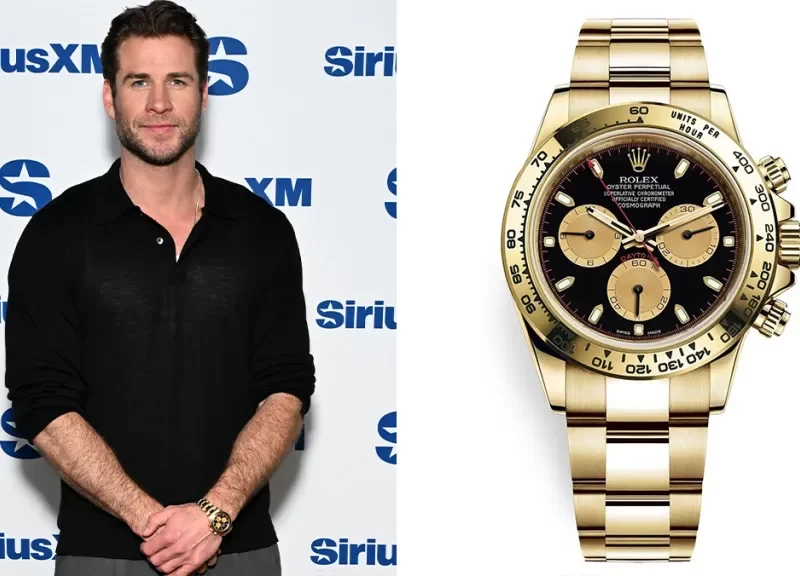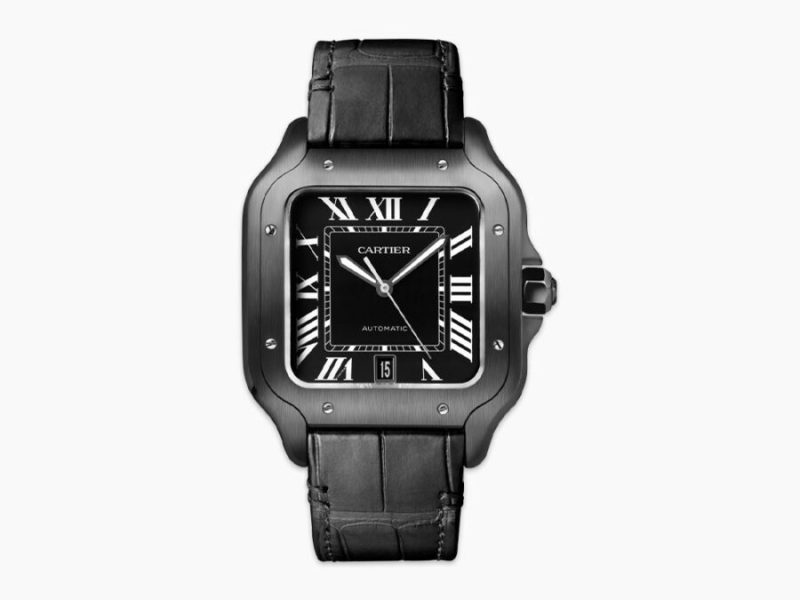— WorldTempus spoke to Inès Lazaro, Product & Marketing Manager, DLG Intelligence, about how the agency uses Internet keyword search data to analyse the global market for vintage cheap replica watches.

The vintage watch market is booming, and not just at its extreme, where timepieces change hands for hundreds of thousands (and in the most extreme cases tens of millions) of Swiss francs. But which are the most collectible brands and how do the statistics differ by country? Digital Luxury Group, which analyses Internet search activity and, as part of its research, publishes an annual WorldWatchReport based on its findings, shares its insights in this largely unexplored field with WorldTempus in this interview with Inès Lazaro, Product & Marketing Manager at DLG Intelligence.
WorldTempus: What used to be the “second hand” watch market has now turned into the booming ”vintage fake watches UK” market. Do you see a noticeable difference between these two terms as far as Internet searches are concerned?
Inès Lazaro: On average, “vintage” is searched 30 times more than “second hand” in the top ten countries searching for vintage/second hand watches. We can see that around 95% of searches are related to vintage Swiss replica watches against 5% for second hand.
How do you account for different terminology in the different languages of the countries for which you conduct your research?
We collect volumes of keywords in English and the local language of each of the 20 markets we track worldwide. In Switzerland, for example, we track data in English, French, German and Italian. In the US, UK and India, we only track data in English. These keywords have been created using suggestions from different sources in order to have a comprehensive list of keywords for each market. These lists are then filtered for noise and are used to collect search volumes.
What differentiates your services from, say, Google’s keyword tool?
Our DemandTracker technology covers many different keywords associated with each intention. It also includes translations in various languages. Therefore, the scope is much larger than the keywords you can enter on Google’s keyword tool. For instance, in our tool the amount of searches for vintage Rolex includes over 900 keywords for Rolex in 20 countries.
What are the top 10 markets for vintage cheap fake watches according to your research?
Our latest figures are for the second quarter of 2014 and show the comparison with the second quarter of 2013.

© DLG
“Vintage Rolex watches are the most sought after”
What are the most sought-after brands across the top 10 countries in your research? Are there any major differences?
Vintage replica Rolex watches are the most sought after. They are the number one searched brand in eight of the ten top ten countries. However, French and Japanese consumers have a higher interest in vintage Omega replica watches.
The top three for each market are:
1. US: Rolex, TAG Heuer, Cartier
2. UK: Rolex, Omega, TAG Heuer
3. Italy: Rolex, TAG Heuer, Omega
4. Japan: Omega, Rolex, Panerai
5. France: Omega, Rolex, Breitling
6. Germany: Rolex, Omega, Breitling
7. Thailand: Rolex, Patek Philippe, Omega
8. Singapore: Rolex, Omega, TAG Heuer
9. India: Rolex, Omega, Patek Philippe
10. Spain: Rolex, Omega, TAG Heuer
(The date range for this data is from Q2 2014)
Click on the large image at the top of the page for graphs
Do you collect data about replica watches for sale collectors and collecting? If so, how does this compare with the general vintage watch market situation?
Vintage watches are considered more of a medium to long-term investment. Collectors, on the other hand, are seeking watches that have a heritage or history. There is also a “revival movement” within the top fake watch community with some brands releasing new models inspired by some of their most iconic watches from the past. Brands like Patek Philippe and Rolex are seen to be good investments because of their increase in value over time.
Given the increasing interest for watch auctions, have you considered tracking searches in this field?
Auctions are an important keyword to track especially concerning Haute Horlogerie. Brands are using auctions in order to think about their brand. Yes we are considering analysing auction related searches and we have the ability to do so. We may do this from January 2015. We are still trying to find how relevant these searches are for the reality of business. However, we can analyse the impact of auctions on searches for the brand.
How easy is it for you to add new parameters for analysis in general? What does this involve and how long would it take to set up?
It’s fairly easy. Setting up a new segment involves a number of steps. Firstly, we define the scope of our research by selecting the brands, markets, languages, segments, categories and destinations, for example. Then we will begin the research by collecting brand-related phrases, removing keywords and harmonising the data. This data will then be collected monthly and interpreted by mapping keywords with user intentions. The next step involves the extraction and analysis of the data; the metrics will be defined and data visualised. The final step is giving insights by identifying trends, challenges and opportunities. Given our expertise in this field we are able to build new segments in about 1 month.

